The cellist and lutherie enthusiast outlines how he learnt the processes the construct his instrument, on which he performs in the orchestra, from scratch

Discover more lutherie articles here
My name is Nikola Jovanovic and I have been a co-principal cellist in the Bamberg Symphony since October 2012.
As most people already know, cellos need to see a doctor from time to time. So in 2013, when I was standing on my own two feet, both professionally and financially, I decided to restore my first cello, which my mother had bought me. My aim was to make the restored cello available to new talent.
The cello actually had no value anymore as it had a big crack on the back and was poorly restored, but it had a beautiful sound, and it had brought me a lot of happiness until I started my studies. At the beginning of 2013, I gave the cello for restoration in the hope of getting it back soon.
At the time, I was promised very optimistically that the cello would be ready in a month, which seemed unrealistic to me at first, as I wanted to replace the back, and such restorations are very time-consuming. Of course, one month turned into two, two into six, and finally a year had passed.
As a result, I spent a lot of time with the luthier, looking over his shoulder while he worked on my cello. Little by little, I asked him if I could help him by holding or passing tools, and eventually the cello was finished.
At this point I realised that I wanted to know more, and I started restoring it myself. For the first time I had bought tools of my own; including sandpaper and a file, which is absolutely forbidden in violin making - that’s where clean carving and scraper work is done - but then I’m not a typical violin maker. So sandpaper is allowed!
I restored more and more by practising on old violins, which I mainly bought at flea markets. During the break between seasons with the orchestra, I met with Milija Branković, a retired violist who had also discovered his passion for violin making later in life. I spent my entire vacation with him in my hometown of Belgrade, and we exchanged ideas and worked together even more intensively on restoration.
Eventually, the desire to build my own cello developed. Up to this point, I had played on many different instruments, from Czech manufacturers to Guadagnini and Vuillaume to countless newly built instruments. I was curious to see how close I could get to such great masters with a self-built cello.
I was lucky enough to have access to very good wood: I come from the Balkans, where it is well known that there is great wood for instruments in Bosnia, especially high-quality maple.
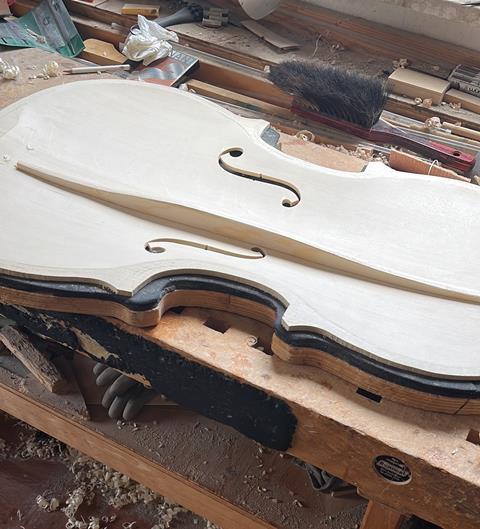
In the meantime, I got to know Stefan Semmlinger, an excellent young violin maker in Baiersdorf, who helped me a lot and to whom I still owe a lot today. I learned a lot of what I know from him, and without him I would not have been able to make the cello. Other violin maker friends also gave me tricks and secrets, big and small, for which I am very grateful (thank you, Thomas and Anton!)
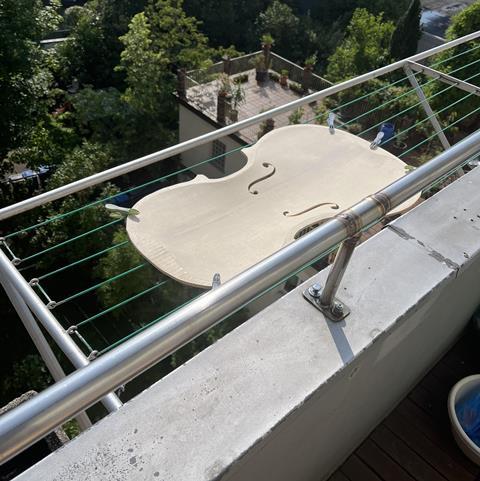
I built the cello fanatically for three months. It turned out beautifully, and I am always happy about its sound and its beautiful appearance…the process of searching for the optimal sound is still going on, of course. I don’t know whether I can always judge it myself without bias: as we all know, your own baby is always the prettiest!
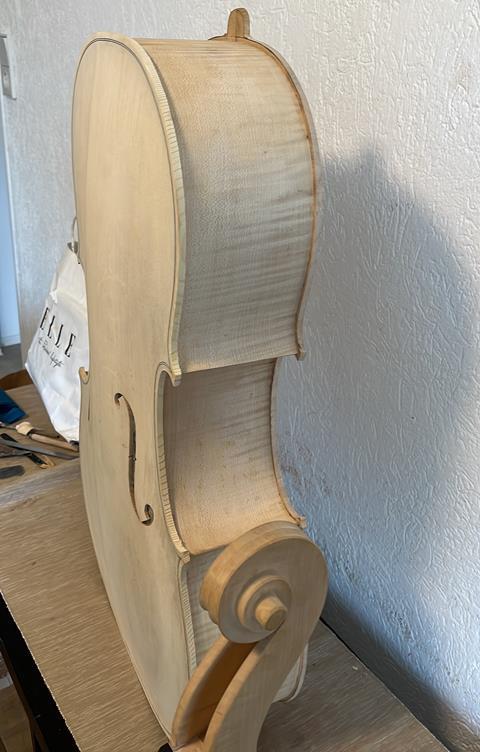
I’m still learning and can’t claim to be able to compare myself with violin makers who have been working in this field all their lives. My luxury is that I earn my living by playing the cello and not by making it, so I don’t feel any pressure in the making process. For me, the most challenging part of the work is not building the soundbox, but how to get the most beautiful sound out of it by making precise adjustments at the end.

I had no particular expectations of the sound, as I still had a lot to learn, and I thought it would be pure luck how the instrument would sound in the end. But from the beginning I had a clear picture of how I wanted the varnish on the cello to look, because I had seen a lot of old instruments and always liked the way old cellos looked.
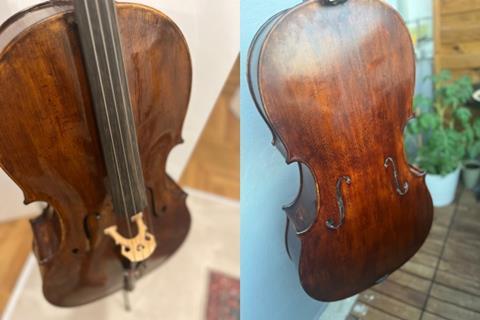
The cello is one year old. I’m still looking for the right tone by replacing the soundpost and the bridge, but the cello has the potential to become my dream cello.

Everything is hard in life if you don’t have passion and desire. I think I’ve discovered another talent by chance, although, as I said, I’m far from being a professional. I like the idea that generations after myself will be able to continue playing my cello.
Nikola Jovanovic appears with the Bamberg Symphony in the orchestra’s Edinburgh International Festival residency from 6 to 9 August 2024. Find out more here.
Read: When it rains, it pours: what do you do when your instrument gets drenched?
Read: Celebrating Women Luthiers exhibit at Reuning & Son Violins
An exclusive range of instrument making posters, books, calendars and information products published by and directly for sale from The Strad.
The Strad’s exclusive instrument posters, most with actual-size photos depicting every nuance of the instrument. Our posters are used by luthiers across the world as models for their own instruments, thanks to the detailed outlines and measurements on the back.
The number one source for a range of books covering making and stringed instruments with commentaries from today’s top instrument experts.
American collector David L. Fulton amassed one of the 20th century’s finest collections of stringed instruments. This year’s calendar pays tribute to some of these priceless treasures, including Yehudi Menuhin’s celebrated ‘Lord Wilton’ Guarneri, the Carlo Bergonzi once played by Fritz Kreisler, and four instruments by Antonio Stradivari.


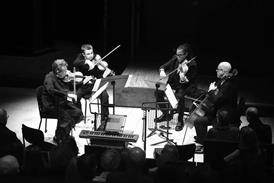
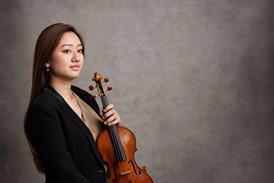
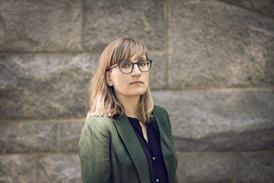




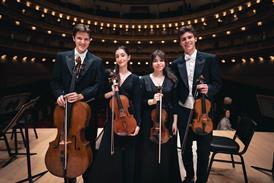
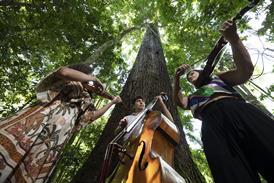
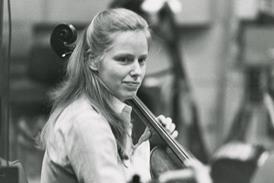
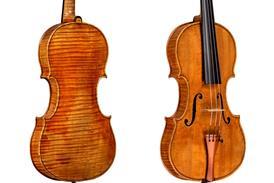
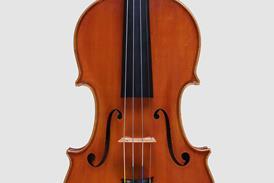





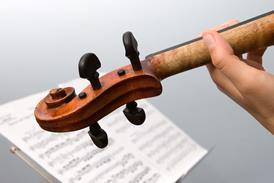
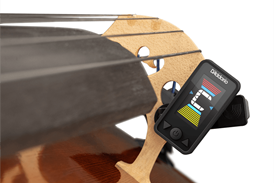
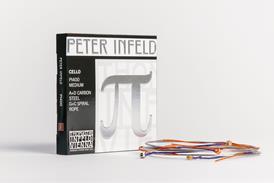
















No comments yet